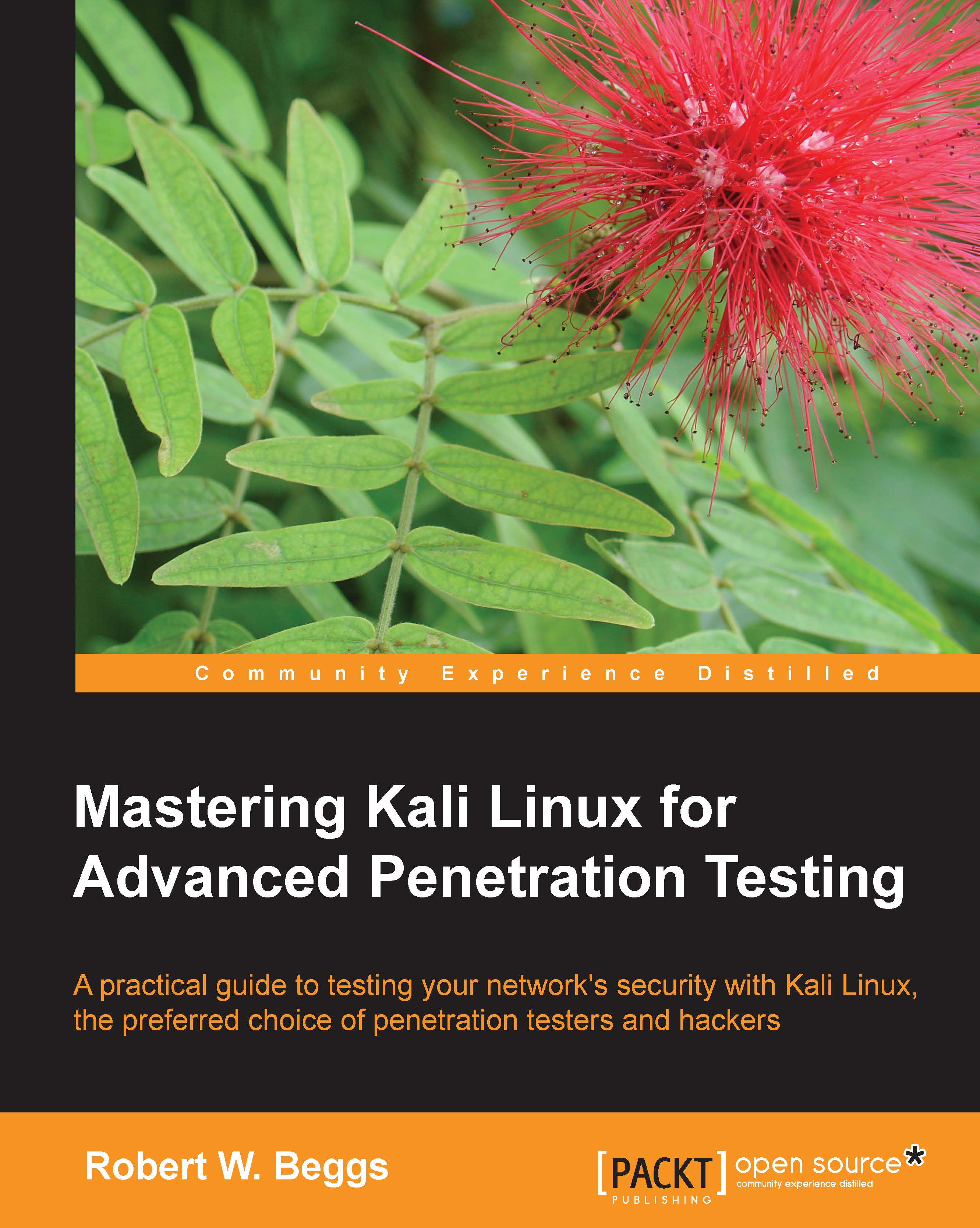-
Book Overview & Buying

-
Table Of Contents

Mastering Kali Linux for Advanced Penetration Testing
By :

 Sign In
Start Free Trial
Sign In
Start Free Trial
This book is dedicated to the use of Kali Linux in performing penetration tests against networks. A penetration test simulates an attack against a network or a system by a malicious outsider or insider. Unlike a vulnerability assessment, penetration testing is designed to include the exploitation phase. Therefore, it proves that the exploit is present, and that it is accompanied by the very real risk of being compromised if not acted upon.
Throughout this book, we will refer to "penetration testers," "attackers," and "hackers" interchangeably as they use the same techniques and tools to assess the security of networks and data systems. The only difference between them is their end objective—a secure data network, or a data breach.
Most testers and attackers follow an informal, open source, or proprietary-defined testing methodology that guides the testing process. There are certain advantages of following a methodology:
Formal methodologies include the following well-known examples:
Unfortunately, the use of a structured methodology can introduce weaknesses into the testing process:
To address the limitations inherent in formal testing methodologies, they must be integrated in a framework that views the network from the perspective of an attacker, the "kill chain."
Change the font size
Change margin width
Change background colour